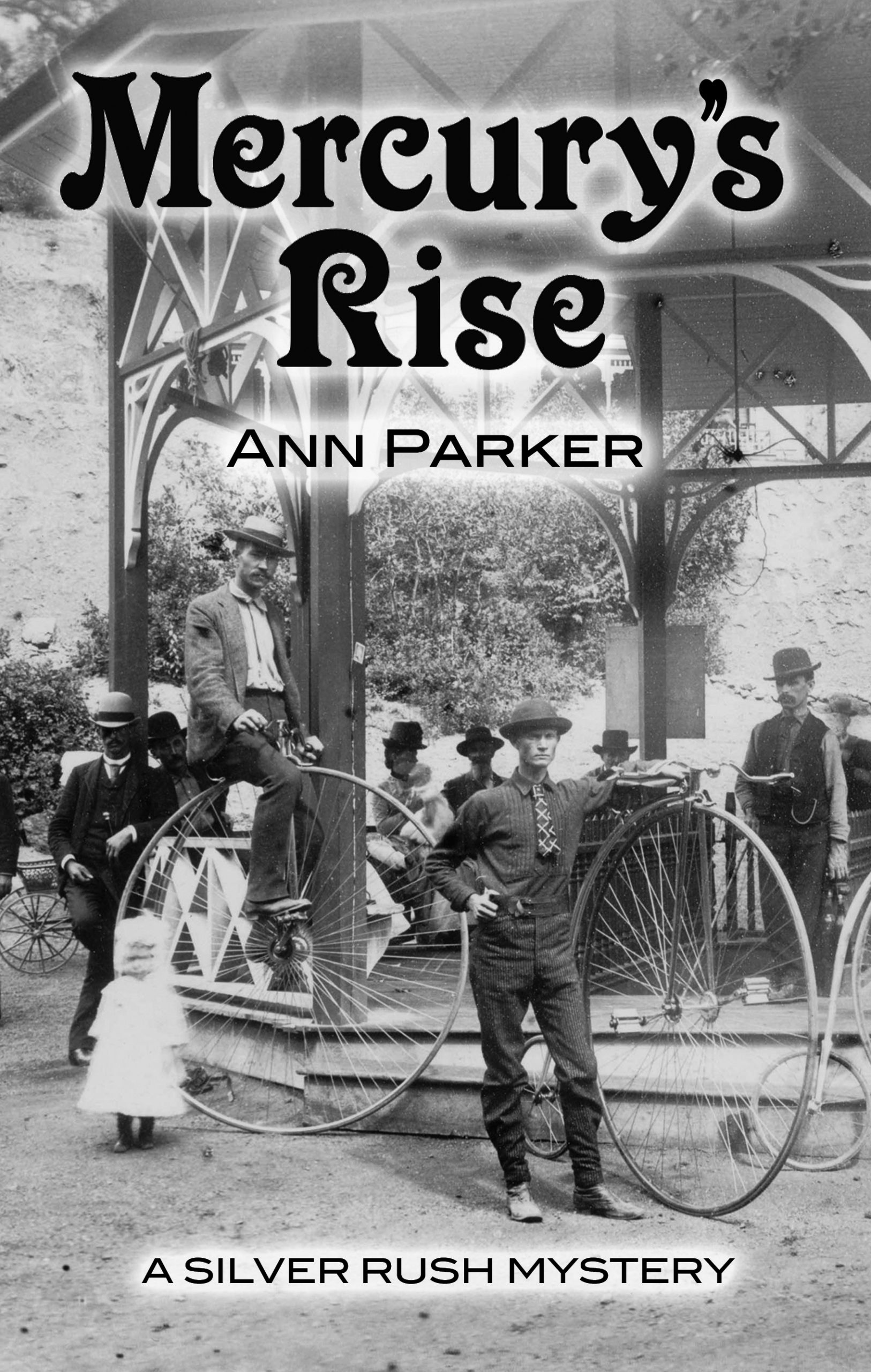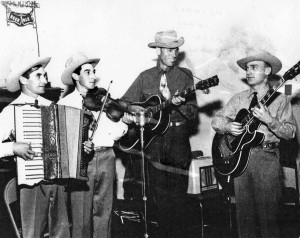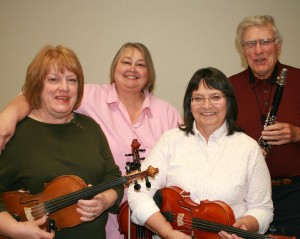Mercury’s Rise
by Ann Parker
Published in 2011 by Poisoned Pen Press
ISBN 978-1-69058-961-8
Reviewed by Ed Quillen
You could say that Ann Parker is an elemental writer, or maybe a metallic one, given her book titles. Mercury Rising is the fourth in a series that includes Silver Lies, Iron Ties, and Leaden Skies. All feature the adventures of Inez Stannert, a partner in the Silver Queen Saloon in the boomtown Leadville of 1880.
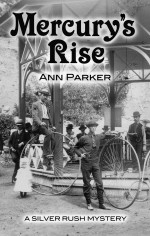 In the other books, Inez stays in and around Leadville, but in this one she ventures to the wants-to-be-fashionable spa town of Manitou Springs with her photographer friend Susan Carothers, who wants to study under a noted landscape photographer there.
In the other books, Inez stays in and around Leadville, but in this one she ventures to the wants-to-be-fashionable spa town of Manitou Springs with her photographer friend Susan Carothers, who wants to study under a noted landscape photographer there.
Inez needs to leave Leadville for several reasons. Her sister Harmony will be in Manitou, and Harmony is taking care of Inez’s two-year-old son William, whom Inez aches to hold. And Inez’s husband Mark, who she thought had vanished, just re-appeared in Leadville after a long, mysterious absence. Inez had hopes of a quick divorce and a discreet affair with the Rev. Justice Sands.
Even before they get to Manitou, there’s a mysterious death. And once Inez is checked in and seeing her family visiting from New York, more bodies turn up. Colorado in those days was a haven for “lungers” – sufferers from tuberculosis – on account of its thin, dry air, thought to be beneficial to victims. And since the cause of tuberculosis was then unknown, all manner of exotic concoctions and regimens are employed, along with the tonic spring waters.
Naturally, Inez needs to figure out what’s going on and why, and in the process, she teams up with her charming, if often annoying, husband. They seem to make a pretty good couple, though Inez might not agree.
Parker draws a vivid picture of life at a health resort, with the common meals and healthy activities, and it’s a facet of the Old West that doesn’t get as much attention as the gaudier aspects of pioneer Leadville.
Being a guy, I found some descriptions of various female attire way too detailed and filled with unfamiliar terms, but it’s easy to skim over that and get back to the characters and plot.
However, I did have trouble with transportation. The book starts with a stagecoach trip from Leadville to Manitou – in August of 1880 after they were connected by rail. Perhaps it made sense to hire a coach, since Susan wanted to stop and take pictures along the way, but why allow the obnoxious Pace family to board the coach instead of taking the train? And while the stagecoach could have gone through Fairplay as the book has it, Hartsel would make more sense.
And then there are people planning to board an “east-bound train” in Colorado Springs. The Rock Island line that came in from the east wasn’t built until 1888, so there were no east-bound trains from Colorado Springs in 1880.
But that’s a hazard of being a railroad buff; it can get in the way of the story. As is usual for Ann Parker, this is a lively tale with interesting characters, fun to read and inspiring the usual reader speculation about who’s doing it. In other words, an entertaining adventure set in a landscape familiar to us.
The Dark Roast: Coffeeshop Confidential
By Philip Benningfield
PBInk, 2011
$20.00; 240pp, including glossary.
ISBN: 978-1-4583-9764-5
Reviewed by Eduardo Rey Brummel
There’s likely a law requiring every coffeeshop to have at least one table inhabited by someone hunched over a notebook, furiously scribbling away; and I can see a years-ago Benningfield hunched over his notebook, slyly recording the goings-on, the hours-old cappuccino at his elbow cooled to room temperature. For those who’ve wondered what all that writing’s about, as well as those wondering what to do with years of notebooks filled at the Daily Grind, this book’s an answer to both their questions.
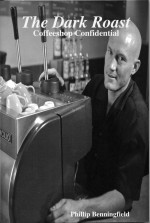 All of us who have worked front counters, and especially those who still do, should buy Benningfield a drink for placing plainly on the page the very things that drive us bonkers while servicing customers: The drink request more intricate than a human genome lab experiment, people who suddenly become cell-phonies while placing their order, having to scan a customer’s one maxed-out card after another just to pay for a small coffee – any or all of these, when the line’s out the door.
All of us who have worked front counters, and especially those who still do, should buy Benningfield a drink for placing plainly on the page the very things that drive us bonkers while servicing customers: The drink request more intricate than a human genome lab experiment, people who suddenly become cell-phonies while placing their order, having to scan a customer’s one maxed-out card after another just to pay for a small coffee – any or all of these, when the line’s out the door.
Then, too, those on the other side of the counter who’ve been “attended” by wait staff in the apparent throes of incapacitating ennui, also owe Benningfield a beverage, for he has the most to say in calling his fellow baristas to task. (Just because pulling shots is mere scut work, is far beneath you, and is “just temporary,” is no reason to do it with anything other than full attention and integrity.)
I’ve been pondering Benningfield’s choice of title: The Dark Roast. Remember the Dean Martin celebrity “roasts” that were on TV back in the seventies? They recognized and honored some beloved showbiz colleague by unmercifully teasing and ridiculing them. I’m wondering whether this book is somewhat the same thing.
Sadly, though, I found the writing “unfinished.” At the very least, it deserved one more read-through in order to tighten the prose, to smooth out the bumps and dings. Benningfield’s published a novel, served on staff for a national magazine, and he’s served me several recent lattes, each with a leaf design or some other artistry atop the foam. He knows how to craft good writing, has an eye for the pièce de resistance detail. I think he’d agree this book doesn’t show his best, or even his better, work.
In my town there are two main coffeeshops. The older one has been steadily losing customers ever since the newer one opened its doors. If the owners of that older shop were to read, The Dark Roast, they’d understand why they lost so many of their regulars. After all, Benningfield commits far many more “rights” than “wrongs” in the book. It’s available at Café Dawn in Salida, and several regional bookstores.
Hopefully, please, we will have Volume 2, The Darker Roast, in the near future.
Over a decade ago Eduardo Rey Brummel realized the blood in his veins had been replaced by espresso.

